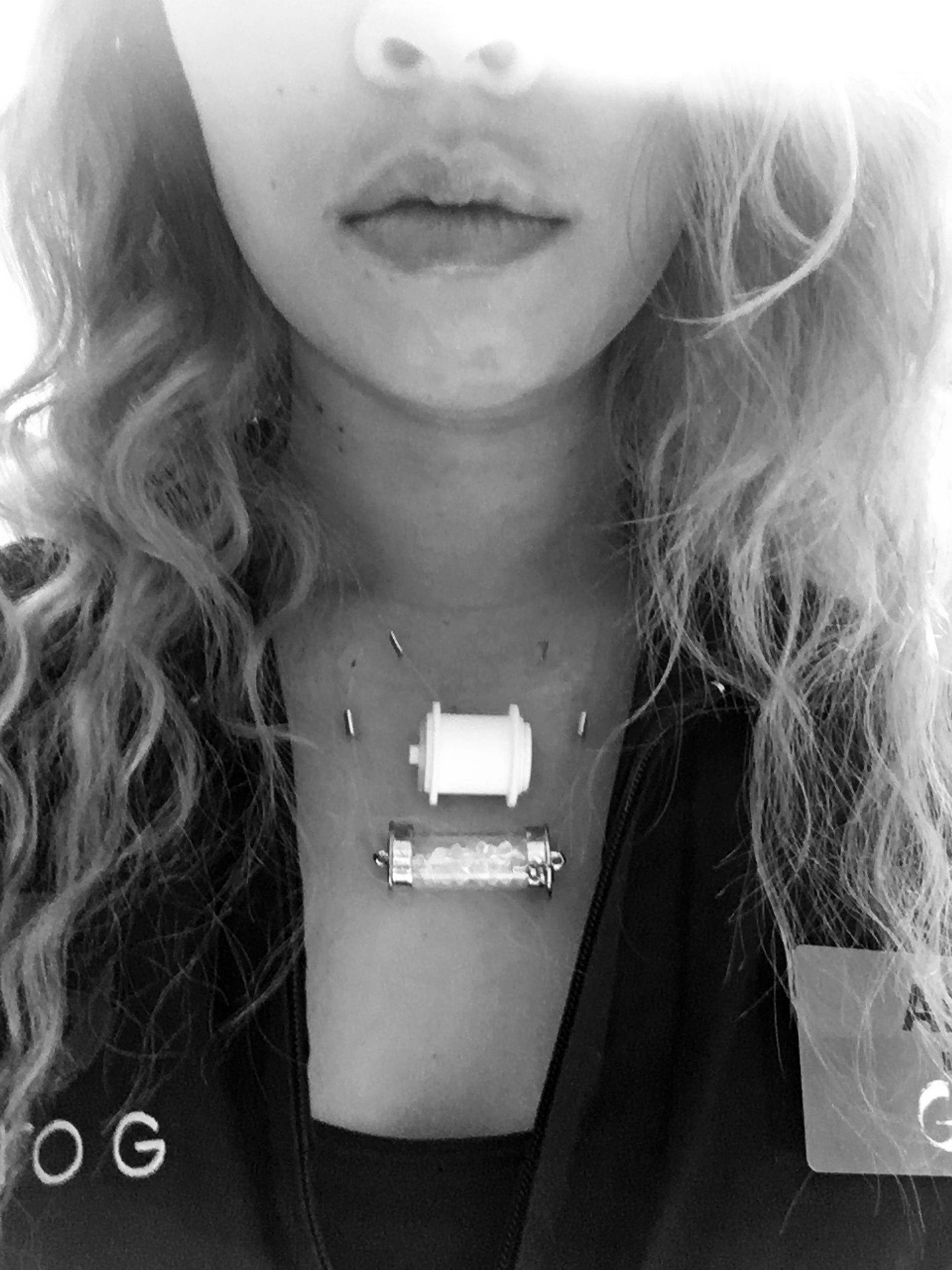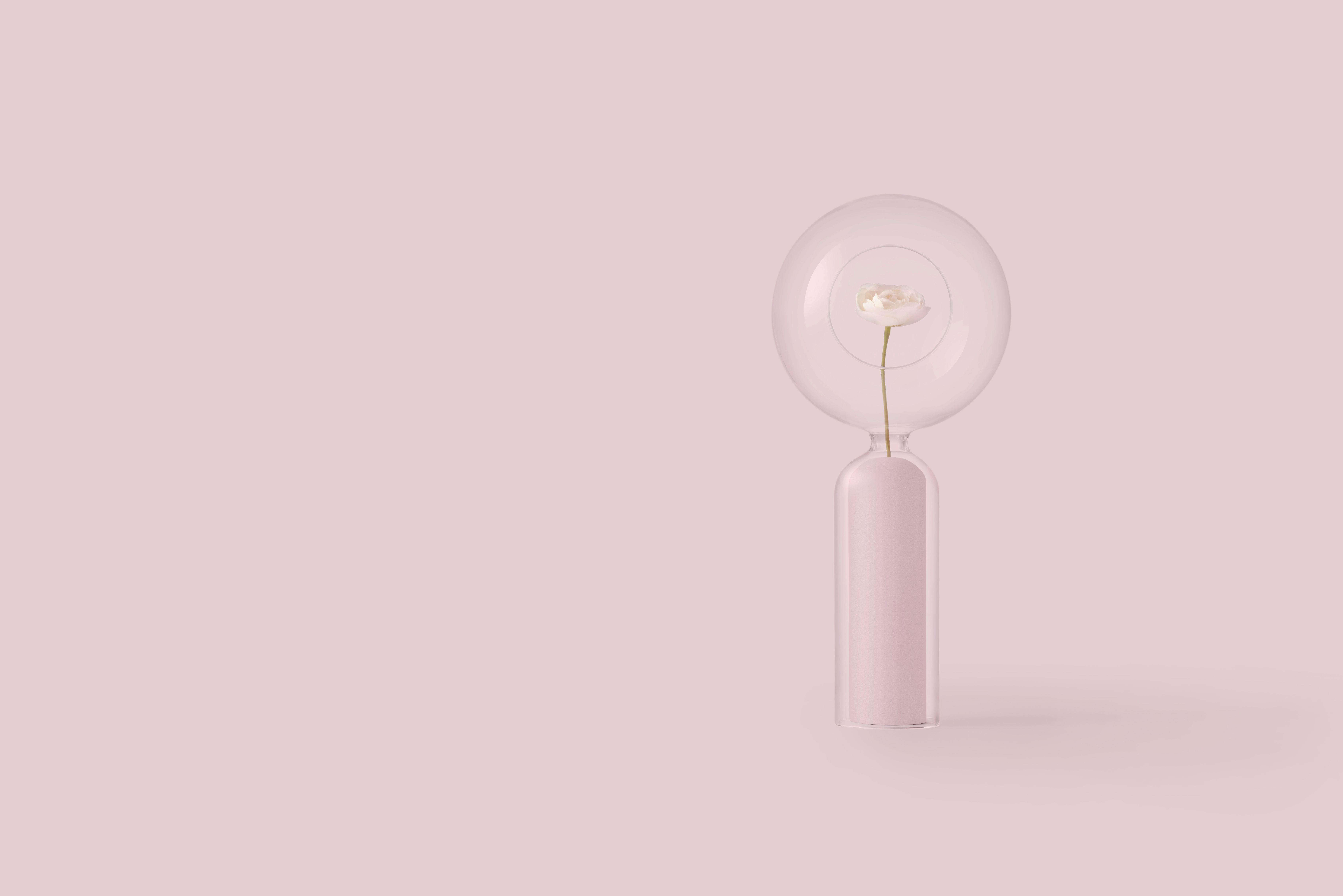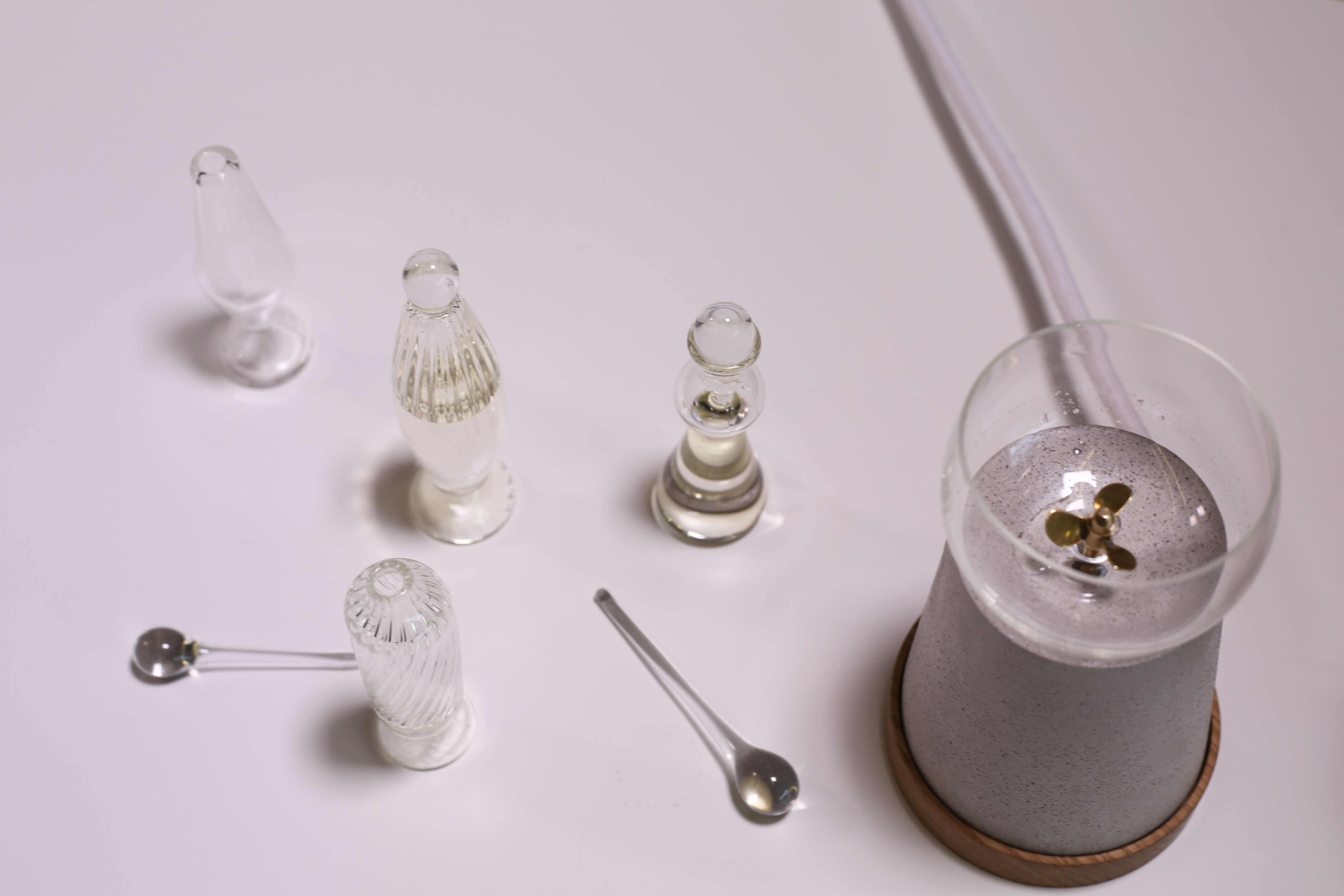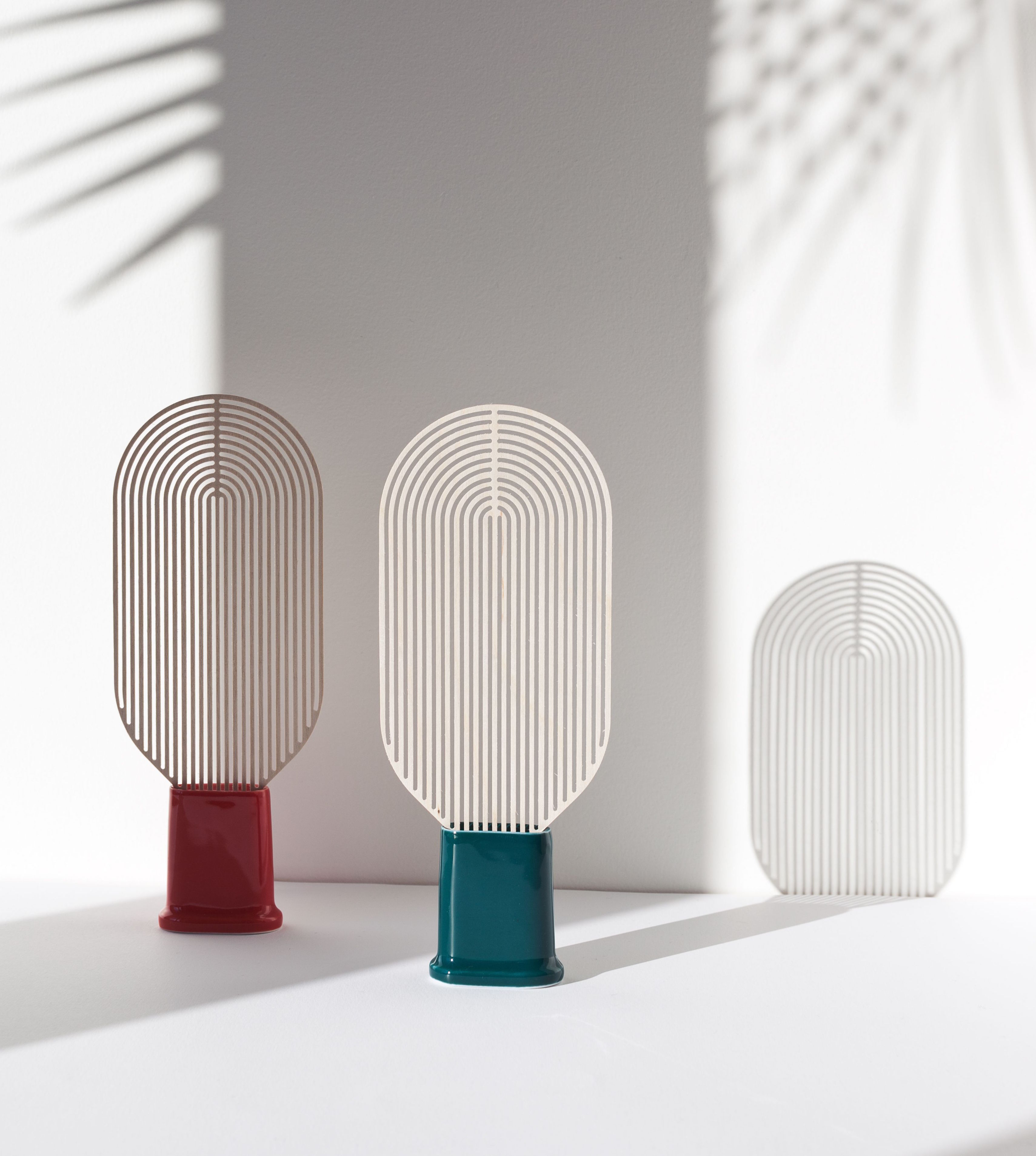The Museum of Craft and Design in San Francisco launches the first exhibition entirely dedicated to the interaction of smell and design, resulting from over two years of research. From February 12 to June 5, it features objects by over 40 designers in five sections, giving visitors olfactory experience for body and emotional memory.
"A call to use our nose", that's how Elisabetta Pisu, curator of Living with Scent, describes the idea of the exhibition. "Throughout the project, we aimed to revive smell, a sense that has long been forgotten in history, though it is a crucial component of our sensory and emotional memory. In addition, we have been deprived of scents for the past two years. By wearing masks, we have further distanced ourselves from it and its immediacy. Therefore, "reappropriate the sense of smell" is the underlying message of Living with Scents".
Smell is as undervalued as it is important. According to an analysis conducted in the Nineties, smell was regarded as the least precious sense and the first they would have sacrificed, had they to choose. Patrick Süskind emphasises its significance in The Perfume. Story of a murderer, instead: "For people could close their eyes to greatness, to horrors, to beauty, and their ears to melodies or deceiving words. But they couldn't escape scent. For scent was a brother of breath. Together with breath it entered human beings, who couldn't defend themselves against it, not if they wanted to live. And scent entered into their very core, went directly to their hearts, and decided for good and all between affection and contempt, disgust and lust, love and hate. He who ruled scent ruled the hearts of men." Due to the dematerialization of society and technological progress, we have forgotten how to smell. Also, in recent years the methods for creating artificial fragrances and flavours have improved. The food of the future will be increasingly sublimated and artificial, resulting in a decimation and alteration of the array of perfumes we smell nowadays.
In contrast, olfactory design encompasses perfume marketing, interior design, and architecture, where products are created around the materiality of odours, that is, the fact that they can only be felt in real life. The last section Spray it. Don'Say it. Communication, Emotion and Memory illustrates how curators and artists have imagined a distant future in which smells have been lost and what remains is contained in small bottles. This is the message of Olfactory Time Capsule for Earthly Memories: a necklace with a capsule, conceived and designed for astronauts and other future space travelers. It contains three distinct scents of planet earth: that of a loved one, that of a home, and that of natural resources. The wearer can choose which fragrance they want to smell, thus retrieving their humanity through scent. Overall, this section provides new ways of communicating, beyond words, through olfactory memory.
The remaining three section explores the various applications of olfactory design from contemplation to communication between design and science. Let's see them in detail. Ways of Sensing Olfactory Culture and Communication examines the importance of the aesthetics of perfume, as well as being aware of breathing perfume, rather than only smelling it. Oki Sato's Scent brings flowers to life and emphasizes the experience of smell, enclosing the flowers aroma: a single rose can emit up to 400 molecules, which together recreate the flower aura. Nose Meets the Eyes. The Power and Beauty of Nature concerns the aesthetic dimension of the artifact, the material and technique used to make it, the balance between functionality and beauty. Created by Gilles Belley, this diffuser is inspired by the venosity of the leaves with an abstract look. Harnessing the capillary effect (from the bottom), the fragrance flows like sap driven by a breath of air, like wind blowing through the leaves. The Scent of Care. Health and Wellbeing aims to maximise the benefits of certain natural aromas by creating pleasant objects that can help soothe physiological or psychological disorders. For example, Future Sleep Kit treats insomnia, an increasingly prevalent affliction in our society. Sleep-deprivation is a widespread harmful practice. According to the survey of Lena Saleh, over 85% of American adults look at their phones before sleeping, altering the quality of their sleep. The interface promotes healthy rituals, instead: a radar measures the heart rate and emits light and fragrances based on the frequency. Finally, A Scented Art of Living. A New Sense of Presence and Pleasure suggests a new way to look at the objects we all have in our homes and use every day. As in the case of the Coffee Pot and Coffee Cups, a coffee set consisting of a coffee maker and cups, both 3D printed from coffee granules and tea leaves. The litmus test will be the nose: not by seeing their uneven surface, but by smelling the coffee or tea leaves the cup will reveal its function.



